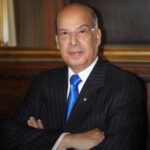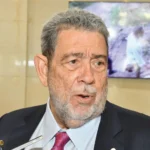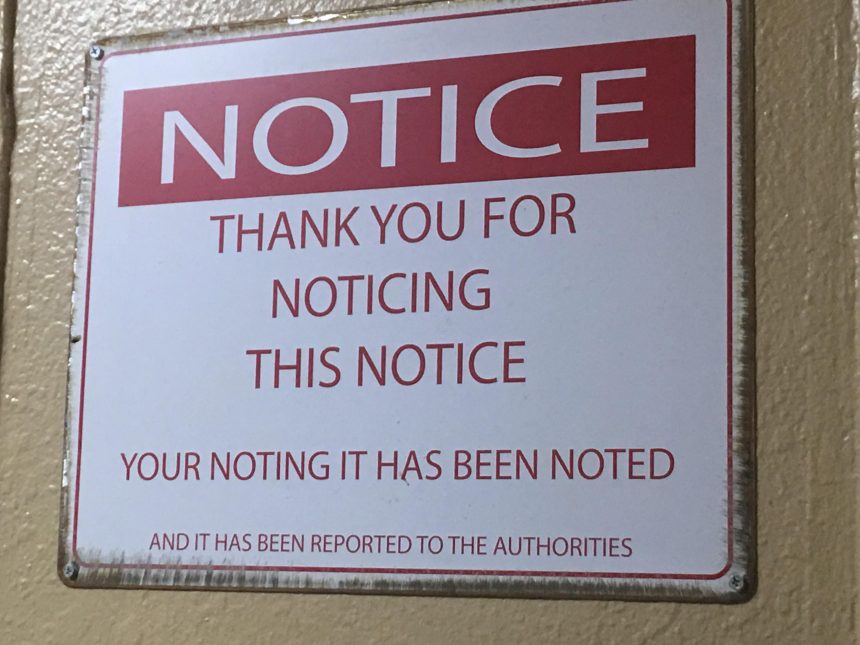(OBSERVER)The International Monetary Fund (IMF) has said Antigua and Barbuda’s economic future looks bright following its recent visit to the twin-island nation.
The IMF team, which was led by Emine Boz, visited Antigua and Barbuda from June 19–23, 2023, and met with government officials to discuss recent economic developments, economic outlook, and policy priorities.
At the conclusion of the visit, Boz said Antigua and Barbuda’s “economic activity is on a solid recovery path after a sharp decline during the pandemic”.
Antigua and Barbuda’s growth for 2023 is projected to be 5.5 per cent.
The country’s tourism sector is seeing significant growth as it reached approximately 98 percent of pre-pandemic levels during the first four months of 2023, with arrivals from the US and UK taking the lead.
Antigua and Barbuda’s financial sector is in a good position with Boz highlighting that it is “stable and liquid, with non-performing loans declining gradually”.
She highlighted, however, that bank credit to the private sector remains subdued “especially in relation to the growth in economic activity, reflecting several factors including a wait-and-see approach taken by potential borrowers and economic uncertainty”.
She advised authorities to monitor the credit growth of credit unions and further strengthen supervision and regulation of the sector.
Despite the positive outlook for Antigua and Barbuda, Boz said the country’s “fiscal situation remains challenging with elevated debt and high financing needs”.
Antigua and Barbuda’s public debt-to-GDP is estimated to have declined to 87 percent by end of 2022 from 97 per cent at end of 2021
Boz recommends authorities work with domestic and external creditors to clear existing arrears and avoid the accumulation of new arrears.
Natural disasters pose a threat to Antigua and Barbuda’s economic recovery.
The IMF recommends that Antigua and Barbuda continue building resilience against natural disasters and create sufficient buffers.
Authorities were also advised to take steps to upskill the workforce.










